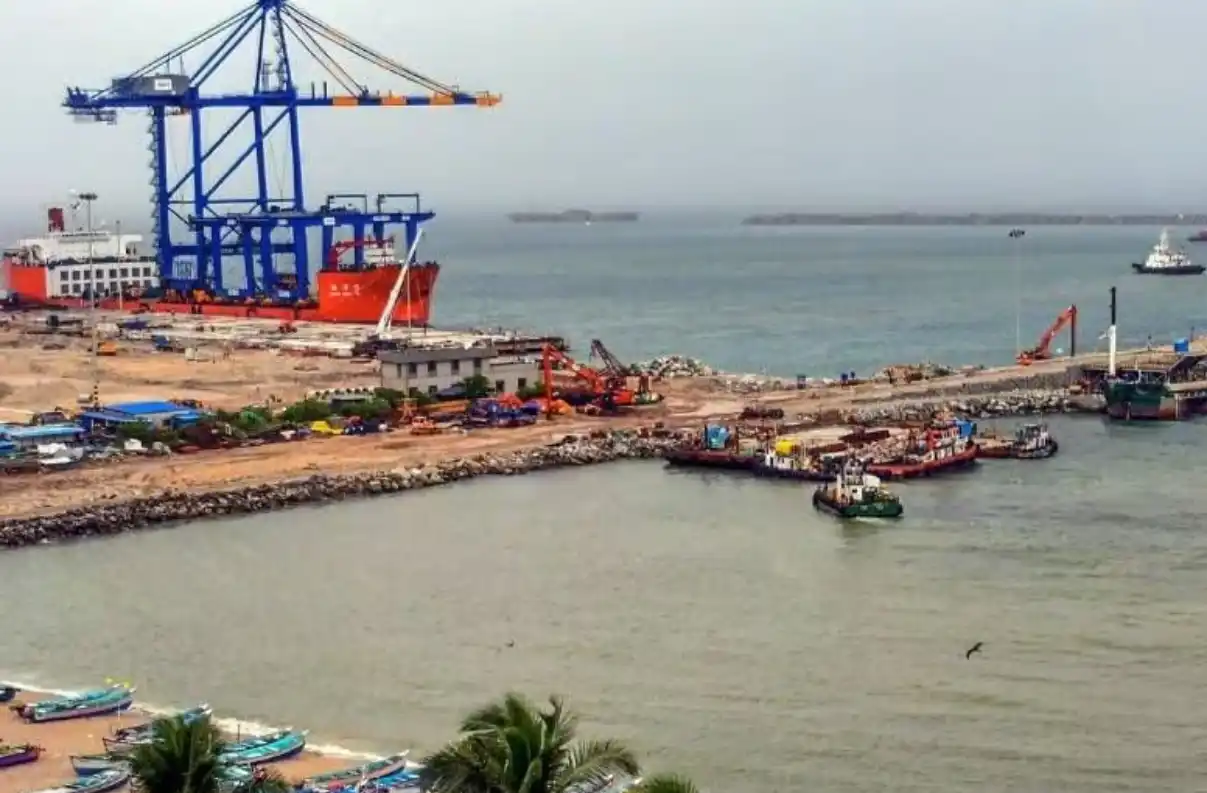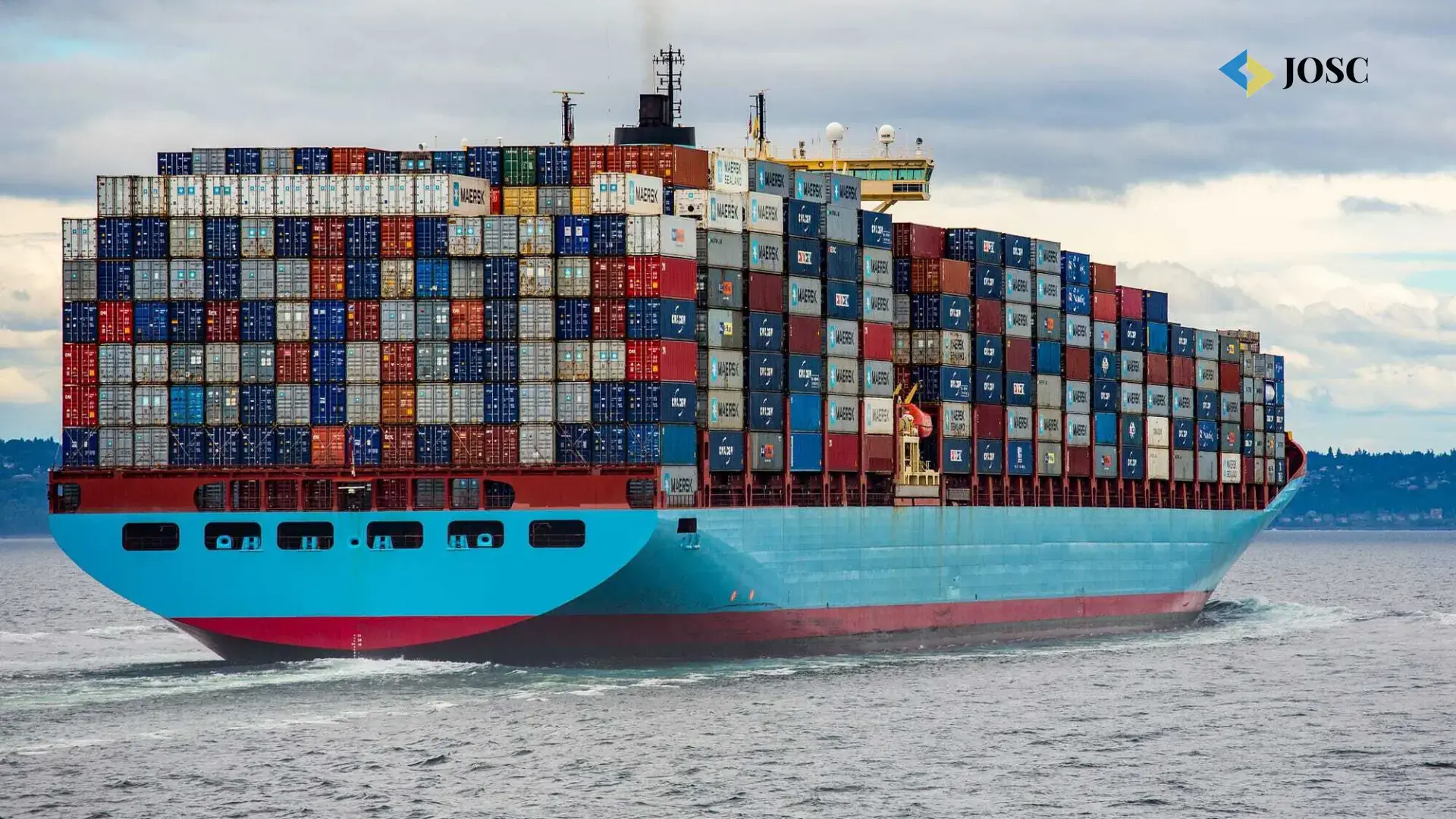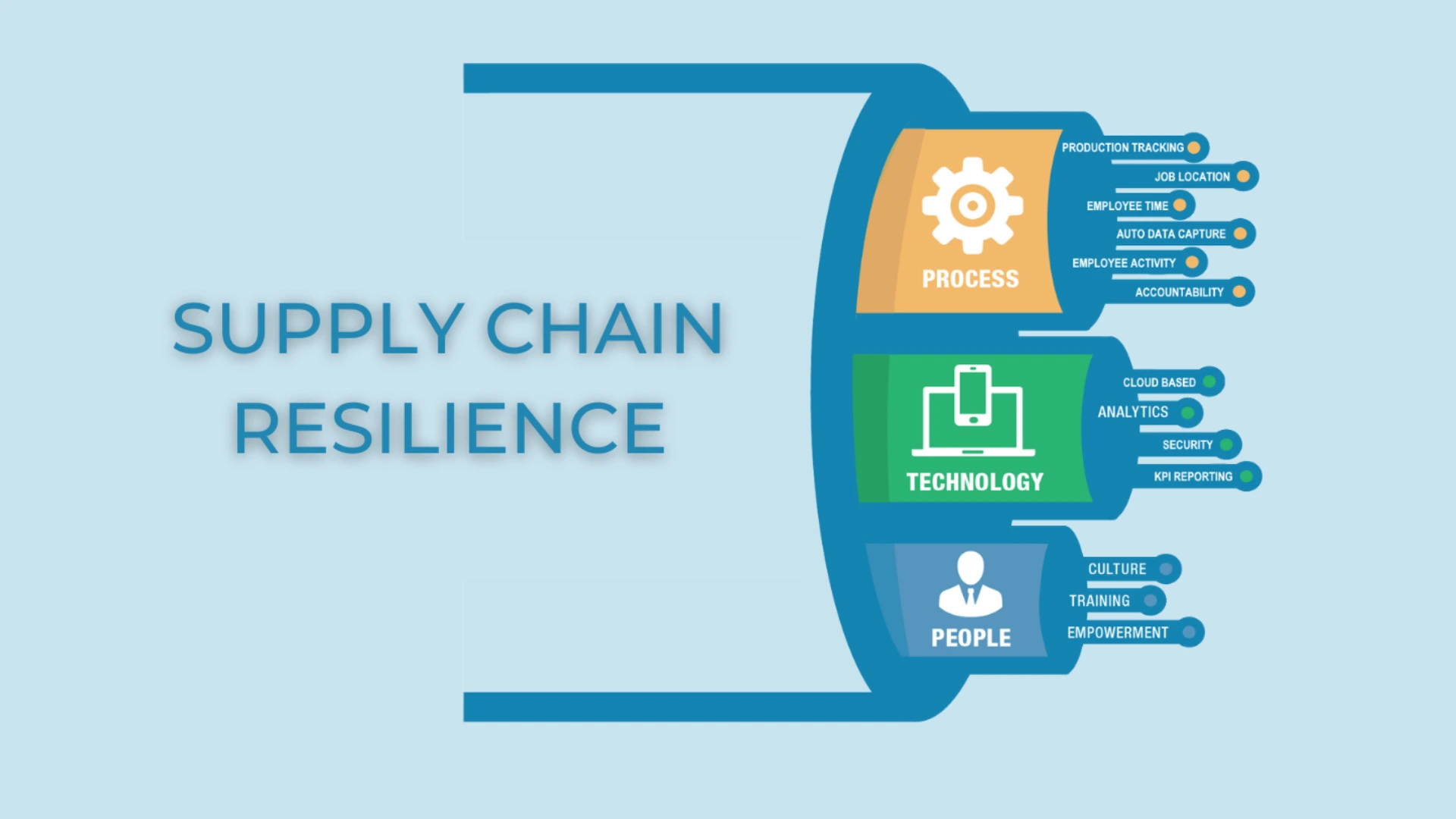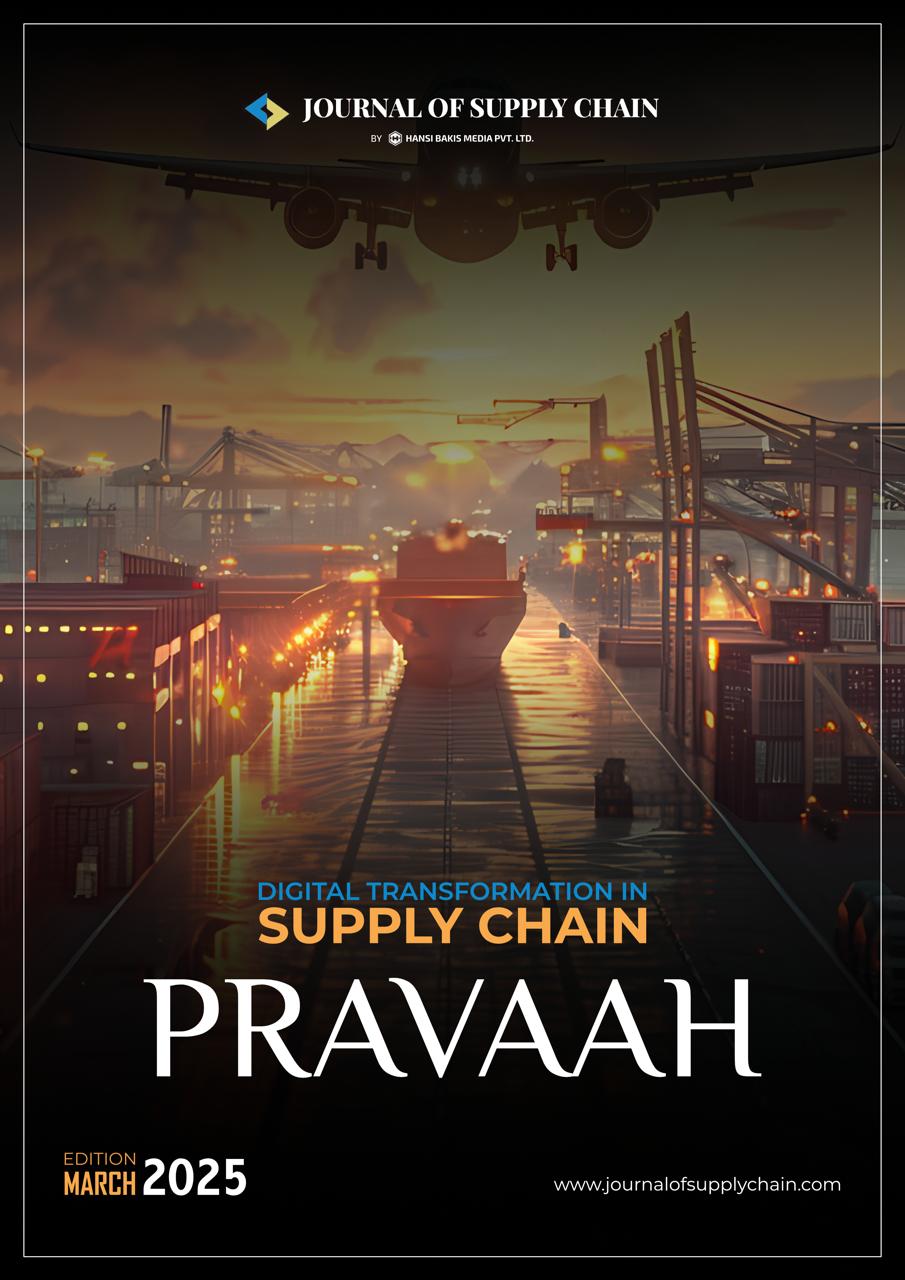Article
Life of a Giant Ship in Transportation
 Anamika Mishra
[Sub Editor]
Anamika Mishra
[Sub Editor]

India’s maritime heritage is centuries old, but its role in the modern shipping industry is more vital than ever. With a coastline stretching over 7,500 kilometers and handling nearly 95% of the country's trade by volume and 70% by value, maritime transport is the backbone of India’s global commerce. According to the Ministry of Ports, Shipping and Waterways, India’s ports handled around 1,485 million metric tonnes (MMT) of cargo in FY 2023–24, reflecting the scale at which ocean-going vessels contribute to the economy. At the center of this global logistics network are giant cargo ships Ultra Large Container Vessels (ULCVs), oil tankers, and LNG carriers. These vessels are engineering marvels, some stretching over 400 meters in length, capable of carrying more than 24,000 containers (TEUs). Such ships regularly dock at India’s key ports like Jawaharlal Nehru Port Trust (JNPT), which handled 6.43 million TEUs in FY 2023–24, or Mundra Port, which surpassed JNPT in overall cargo volume thanks to its deep draft and world-class infrastructure. Most of these ships are built in massive shipyards in South Korea, China, and Japan, but India is also strengthening its shipbuilding and ship repair capabilities through initiatives like ‘Maritime India Vision 2030’ and Sagarmala. These ships spend weeks or months at sea, traversing global routes like the Suez Canal–Indian Ocean–Strait of Malacca axis, carrying essential goods including electronics, oil, coal, and industrial machinery. India is also central to the end-of-life phase of these vessels. Alang Ship Breaking Yard in Gujarat is the largest ship recycling yard in the world, where aging giants are dismantled and recycled. In 2023 alone, Alang dismantled over 250 ships, generating thousands of jobs and reclaiming valuable materials. As India aims to become a global supply chain hub by 2030, understanding the full life cycle of these giant ships how they are built, operated, digitized, regulated, and finally recycled offers a glimpse into the enormous logistical machinery that fuels not just global trade, but India’s growing economic ambitions. This article explores that journey in depth, highlighting India’s stake in the future of global maritime transportation. 1. Birth in the Shipyard: Engineering Marvels The life of a giant ship begins long before it sails the seas, its origins lie in the world’s largest and most advanced shipyards, primarily located in South Korea, China, and Japan. These shipbuilding powerhouses are responsible for crafting some of the most enormous and sophisticated vessels ever made. Companies such as Hyundai Heavy Industries (HHI), Daewoo Shipbuilding & Marine Engineering (DSME), and China State Shipbuilding Corporation (CSSC) account for over 80% of the global shipbuilding market. A modern example is the Ever Alot, the world's largest container ship as of 2025, built by CSSC and launched in June 2022. It can carry 24,004 TEUs (Twenty-foot Equivalent Units), a record-breaking capacity. The ship is over 400 meters long, which is longer than four football fields placed end to end. Ships like Ever Alot are not just transportation tools; they are floating cities, complete with crew accommodations, control systems, power plants, and massive storage areas. Constructing such vessels is a massive industrial feat. On average, a giant ship takes between 18 to 24 months to build and costs between $150 to
The only supply chain registration you need
Unrivaled context behind every news and article for free.

 Anamika Mishra
Anamika Mishra 

















